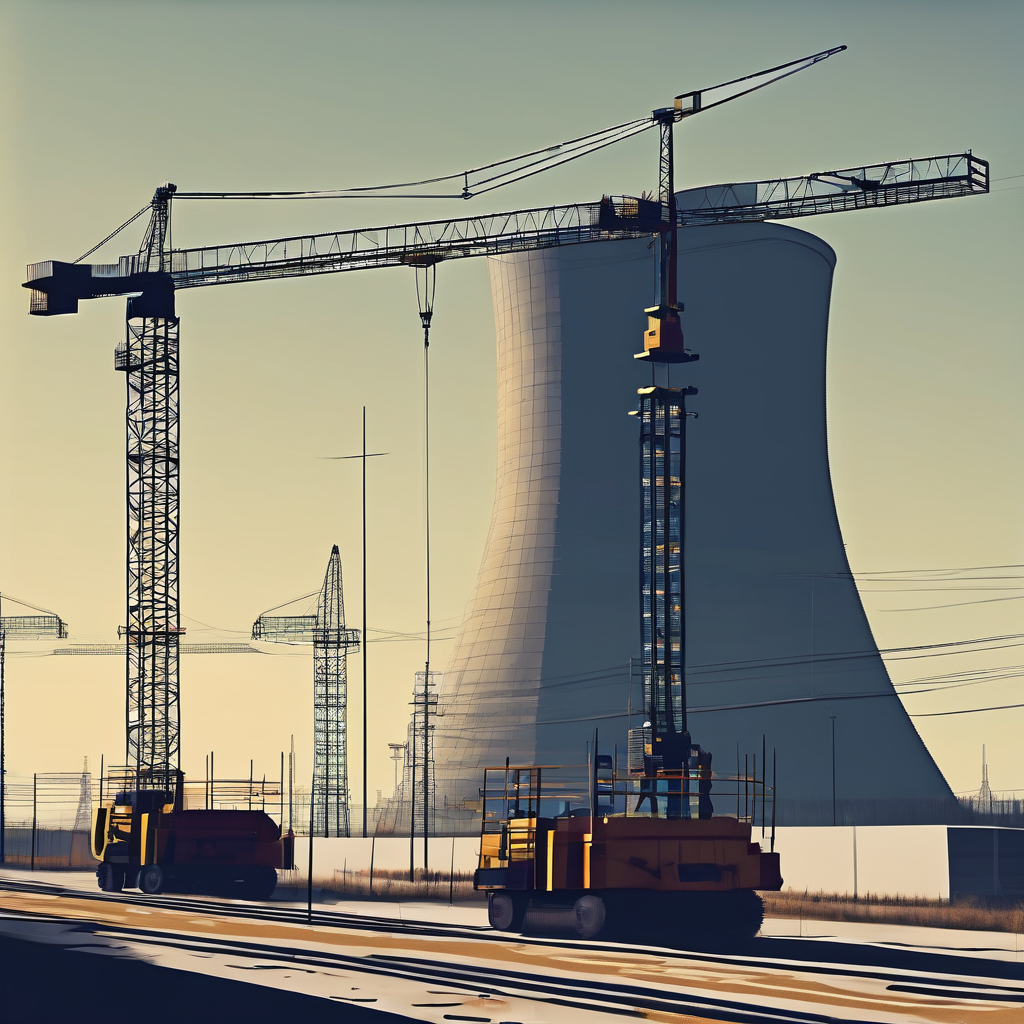Repair efforts are currently underway for the damaged off-site power lines that supply Ukraine’s Zaporizhzhia nuclear power plant, which has been offline for a month, officials reported on Saturday. The International Atomic Energy Agency (IAEA), led by Director General Rafael Grossi, has initiated restoration work following the establishment of local ceasefire zones designed to facilitate necessary repairs.
At present, the Zaporizhzhia plant, which is Europe’s largest with six reactors, is not producing any electricity. This situation has raised significant concerns about the potential for a nuclear incident, as the reactors require external power for cooling to prevent overheating. Grossi underscored the critical nature of restoring power to ensure both nuclear safety and security, highlighting constructive dialogue between the involved parties and the IAEA that has enabled the complex maintenance plan to proceed.
Officials from both Ukraine and the Russian-aligned management of the plant confirmed that maintenance activities have commenced. Originally captured by Russian forces during the early phase of the 2022 invasion of Ukraine, the facility has faced frequent disconnections from the power grid amid ongoing conflicts. The current outage marks one of the longest periods without power for the plant.
Ukrainian Energy Minister Svitlana Hrynchuk reiterated the importance of reconnecting the plant to the Ukrainian power grid for its stable operation and to avert any nuclear emergencies. In contrast, the Russian management indicated that the Russian Defence Ministry would play a key role in ensuring the safety of the repair operations.
This situation is particularly crucial given the history of accusations exchanged between Kyiv and Moscow regarding attacks that threaten nuclear safety. The Zaporizhzhia facility, located near the front line in Enerhodar along the Dnipro River, remains a central point of concern amid the ongoing hostilities.
Despite the military tensions, the collaborative efforts to initiate repairs reflect a commitment to nuclear safety and showcase resilience among the involved parties as they navigate the challenges presented by the conflict. This cooperative approach is a hopeful sign that stability may be achievable in a region deeply impacted by violence and uncertainty.
